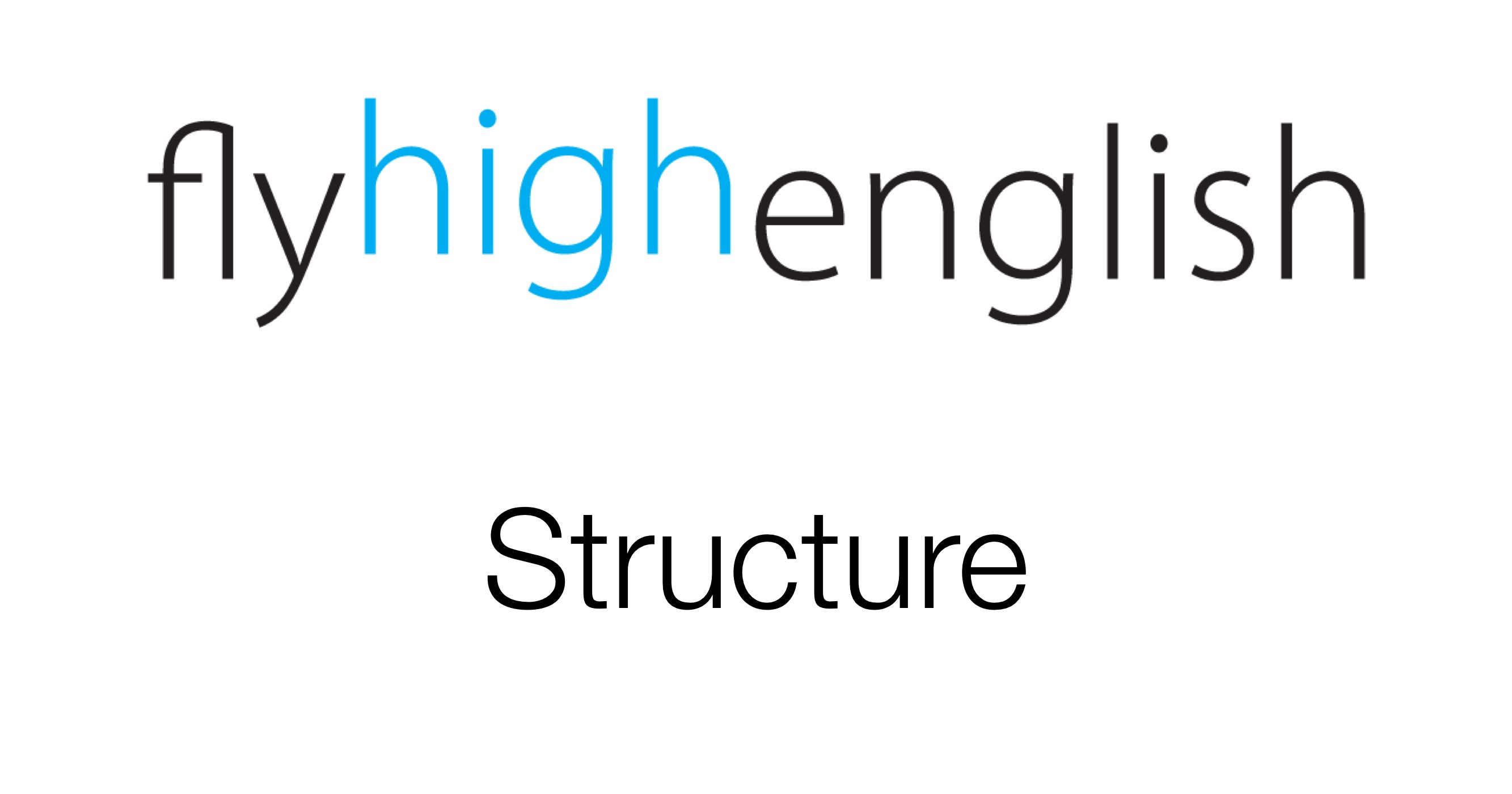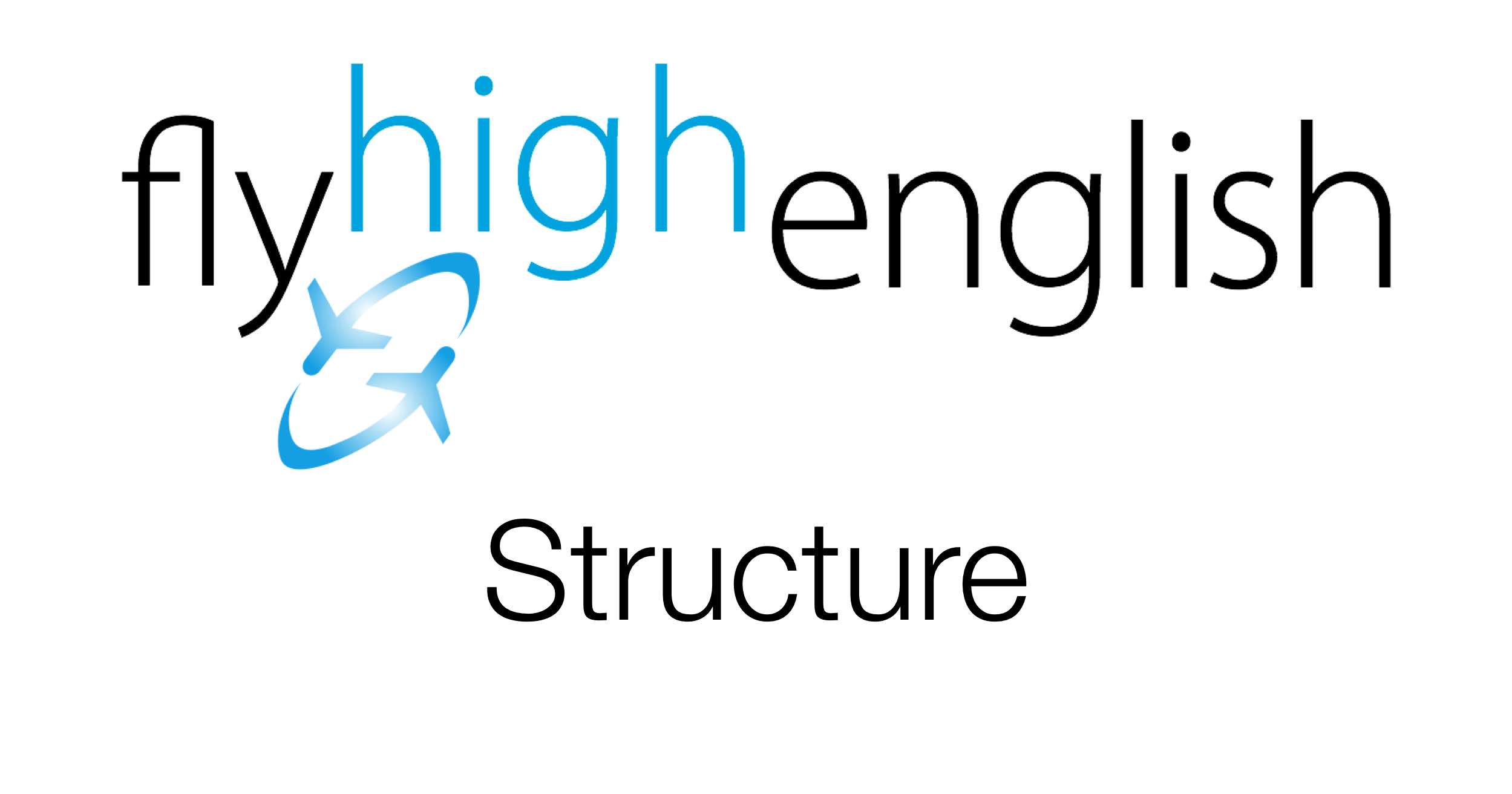
This time in our structure help we talk about using verbs together with second verbs. We are all familiar with using verbs with nouns (objects) after them, for example;
I want a new headset.
But sometimes we want to use a verb with a second verb directly after it, for example;
I want to travel next week.
In these circumstances there are specific forms that we have to use with the second verb. In our example above, after the verb ‘want’ our second verb follows the pattern ‘to + infinitive’. It doesn’t matter which tense we choose for our first verb (want), we must follow the same structure for our second verb (travel).
I wanted to travel last week.
So with the verb ‘want’ (even in the past), we use the structure;
want + to + infinitive
There are many other verbs which require the same structure as ‘want’ when used with a second verb. Here are some of the most common.
want, hope, need, plan, expect, promise, decide, offer, refuse, try, forget, learn
Look at some of the examples below and then try to write examples of your own.
We hope to land in 15 minutes.
They tried to rebook the passenger.
They offered to give the passenger a refund.
He will need to arrive early tomorrow.
Follow us on twitter here, Facebook here or Google+ here for more great content!
Have a great day!





